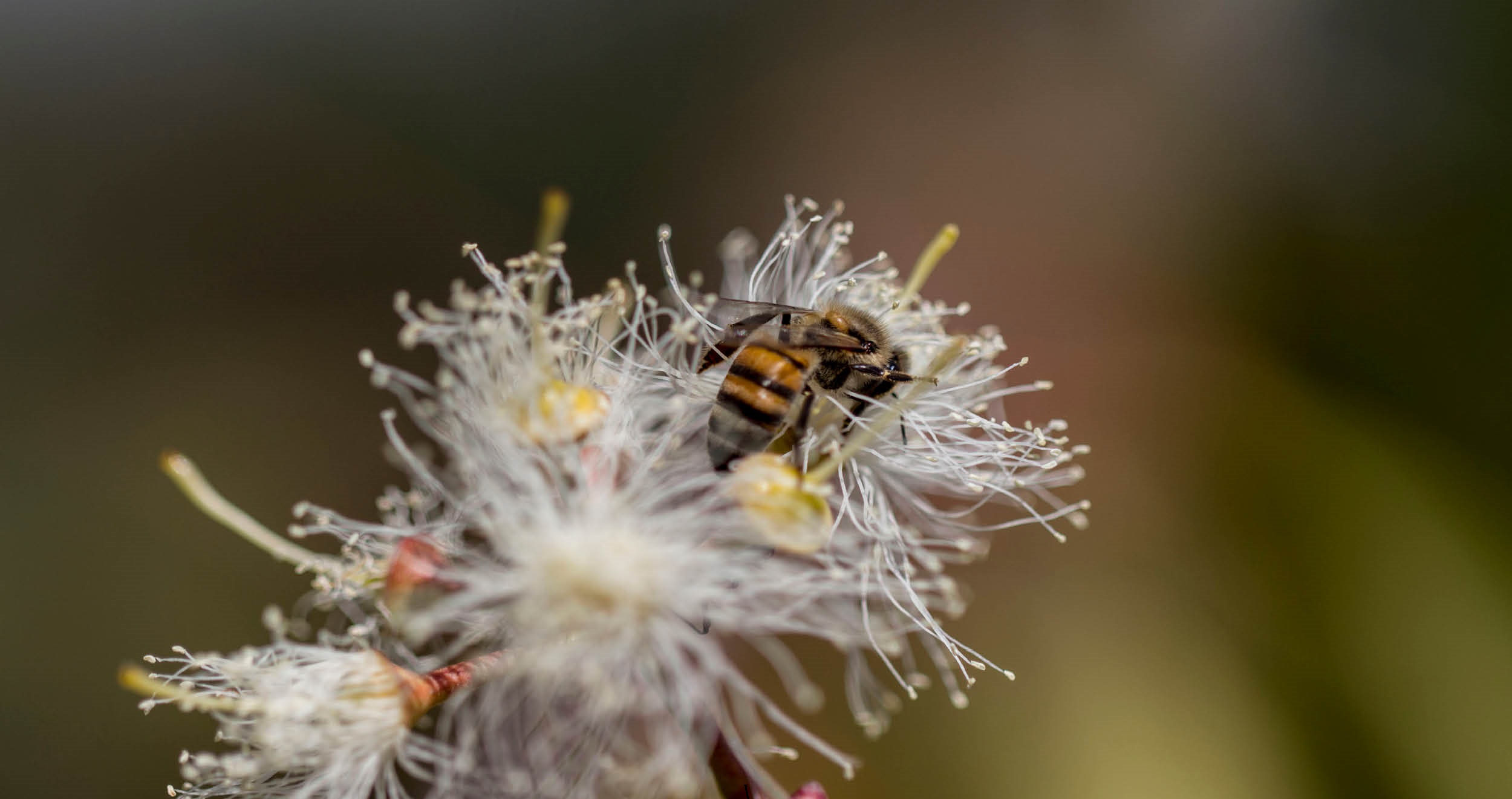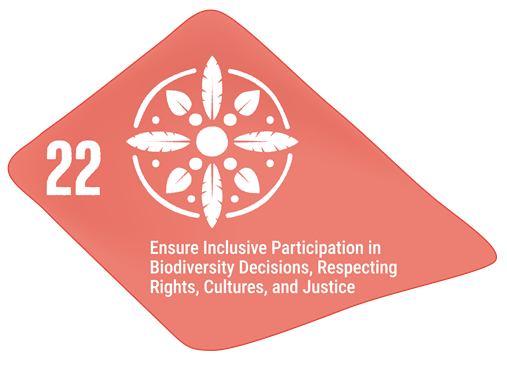 FAO/ Zinyange Auntony
FAO/ Zinyange Auntony
World Bee Day-- 20 May 2024
Pollination is a vital ecosystem function and service. Bees and other pollinators are critical for agriculture, ecological balance and biodiversity conservation. Nearly 90 per cent of the world’s wild flowering plant species depend on pollinators. Unfortunately, pollinators have drastically declined mainly due to habitat fragmentation, land use change, pesticides and other agricultural and industrial chemicals, parasites and diseases, invasive alien species, climate change, and intensive agricultural practices.
But it’s not too late to act.
The Kunming-Montreal Global Biodiversity Framework, or The Biodiversity Plan, adopted by Parties to the Convention on Biological Diversity, aims to create a sustainable future, one in which we live in harmony with nature. Its four goals are: to protect and restore nature, to prosper with nature, to share benefits fairly, and to invest and collaborate for nature.
The Biodiversity Plan includes targets to use biodiversity more effectively in agriculture, thereby enhancing pollination, pest control and soil fertility.
The Biodiversity Plan requires a whole-of-society approach and actors from all walks of life. Target 22 of the Plan aims to ensure indigenous peoples and local communities, women and girls, children & youth, and persons with disabilities have the right to participate in decision-making and have access to justice and information related to biodiversity.
Young people, in particular, have an important role to play. Wherever they are, young people are inspired by nature around them. At school, at home, in their communities, they learn about biodiversity and the role of pollinators, share ideas on conservation and sustainability efforts, and advocate for the environment.
More information:
Assessment Report on Pollinators, Pollination and Food Production, IPBES (2016).
The Challenge Badge on Pollinators
Related Targets in The Biodiversity Plan
Ensure the full, equitable, inclusive, effective and gender-responsive representation and participation in decision-making, and access to justice and information related to biodiversity by indigenous peoples and local communities, respecting their cultures and their rights over lands, territories, resources, and traditional knowledge, as well as by women and girls, children and youth, and persons with disabilities and ensure the full protection of environmental human rights defenders.
Why is this target important?
Indigenous peoples and local communities have a cultural and holistic understanding of nature based on their traditional knowledge, practices and innovation. This information and understanding of biodiversity in turn play a crucial role in the conservation and sustainable use of biodiversity. The insights of indigenous and local communities on local ecosystems play a fundamental role in developing conservation initiatives that integrate cultural values and traditional governance systems, including sustainable use such as resource management techniques, traditional hunting and fishing, and elective harvesting. Further, their lands encompass diverse ecosystems, ranging from forests and wetlands to mountains and coastal areas with high concentrations of biodiversity and often promote sustainable land use, including agroforestry, rotational farming and community-based conservation management systems. Involving indigenous peoples and local communities in biodiversity conservation and the recognition of their perspectives and expertise can contribute to the development of context-specific and effective conservation strategies.
The target also recognizes the importance of meaningful participation of women and girls, as well as the inclusion of children, youth and persons with disabilities, in promoting social equity and empowering these groups to actively contribute to biodiversity conservation. It also highlights the need to protect environmental human rights defenders as they are at the forefront of protecting biodiversity by monitoring and exposing environmental violations, promoting sustainable practices and advocating for a human rights-based approach to conservation efforts.
Links to other elements of the Biodiversity Plan and other frameworks and processes.
- Actions to reach Target 22 should take into account the considerations for implementation identified in section C of the Kunming-Montreal Global Biodiversity Framework.
- Progress towards Target 22 will directly support the attainment of all goals and targets. However, progress towards this target is particularly relevant for the achievement of targets 1, 3, 5, 9, 13, 21 and 23. Conversely, progress towards targets 21 and 23 will support progress towards this target.
- Target 22 addresses issues that were also addressed by Aichi Biodiversity Target 18.
- Elements of Target 22 are also addressed in the targets of the Sustainable Development Goals, including targets 1.4, 5.5, 5.a, 10.2, 10.3, 16.3, 16.7, and 16.10.
